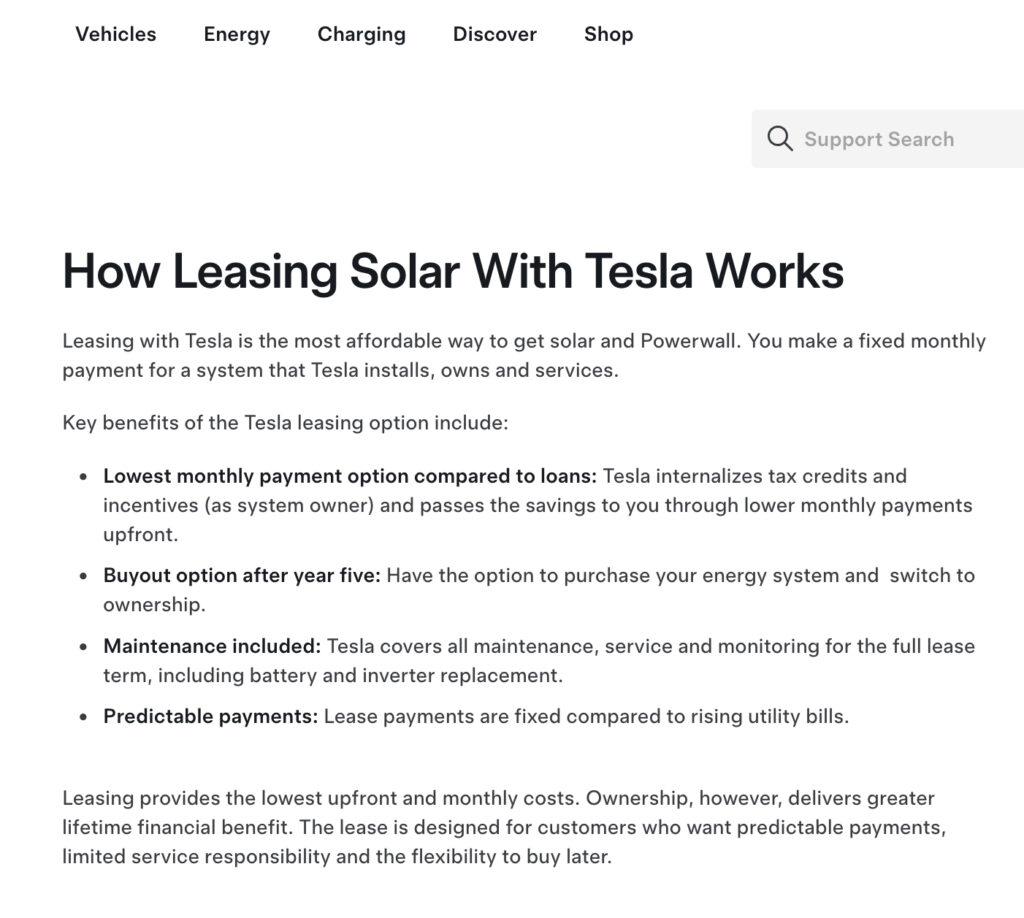Tesla Inc. has announced a new lease option for Powerwall connections in the US. This move is expected to make the company’s energy storage products more accessible to a wider range of customers.
Key Terms of the Lease
The lease will be available for both Powerwall and Solar connections in the US. According to Tesla, the company will internalize tax credits and incentives, passing the savings on to customers through lower monthly payments. Customers will also have the option to buy out the service after the fifth year of the lease. Additionally, Tesla will cover maintenance and upkeep of the system, including battery and inverter replacement, for the duration of the lease.
Expected Benefits for Customers
Tesla’s Vice President of Finance, Sendil Palani, stated that the company expects the Solar + Powerwall lease to “pay for itself” from day one, generating utility bill savings that exceed the monthly lease price in many cases. This means that customers can effectively get paid to enjoy clean energy and backup protection.
Recent Developments
This announcement comes as Tesla has reached a significant milestone of 1 million Powerwall installations. The company has also signed a $4.3 billion deal with LG Energy Solutions to supply LFP batteries for its Energy storage business. Despite these developments, Tesla’s auto division continues to face challenges, with sales falling 25% in Italy during the month of September.
Image

Tesla’s Financial Performance
The company’s financial performance has been a subject of interest, with deliveries beating analyst expectations in Q3. However, the sales data suggests that Tesla still faces significant challenges in the European market.
Conclusion
Tesla’s introduction of the Powerwall lease option is a significant development in the company’s efforts to make its energy storage products more accessible to a wider range of customers. With the expected benefits of lower monthly payments and self-sustaining finances, this move is likely to attract more customers to the company’s energy storage products.